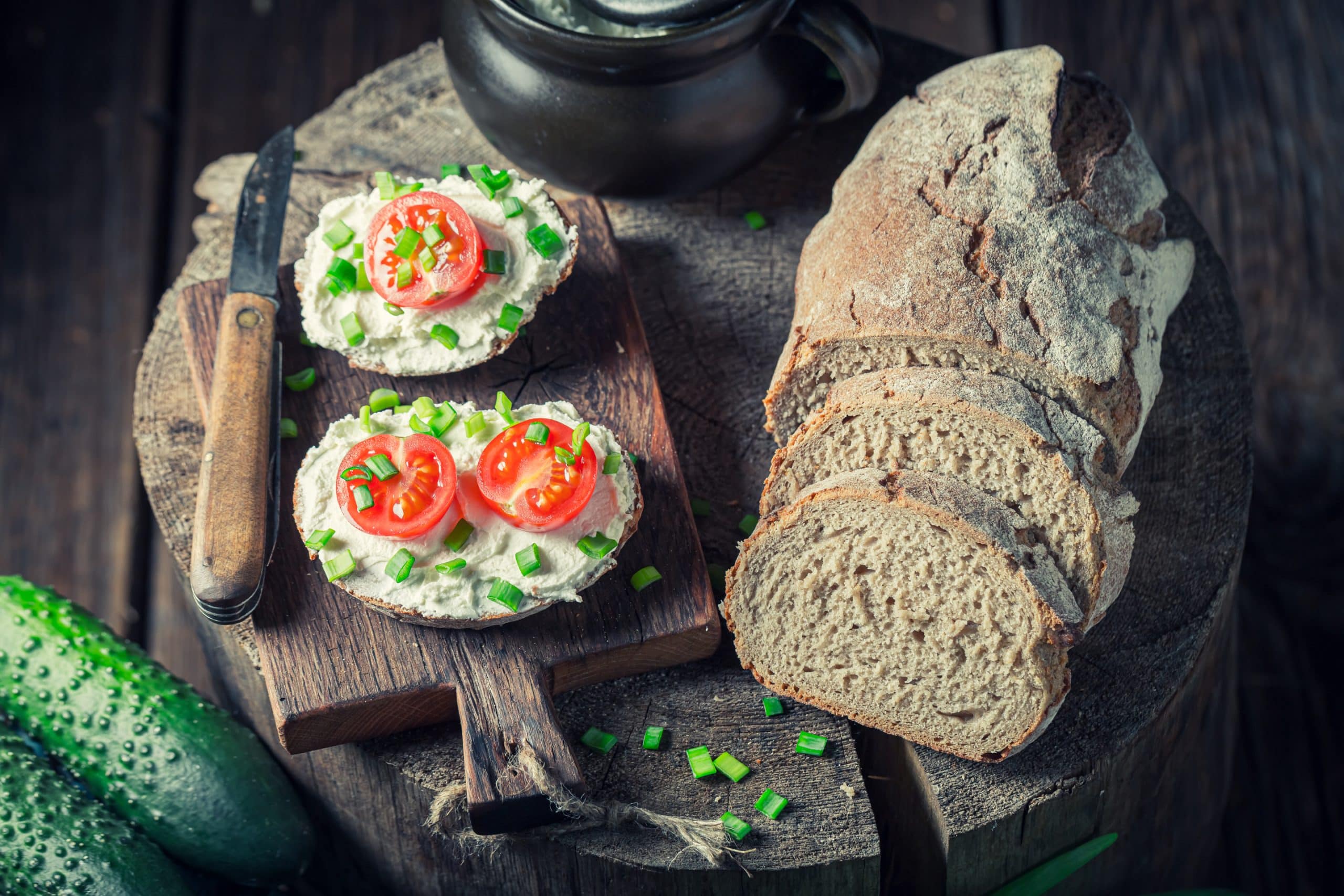How Can You Create a Small Artisan Cheese-Making Area in Your Kitchen?

Have you ever dreamt of becoming a cheese artisan, crafting your own homemade cheeses? Did you know that you can bring this culinary fantasy to life, right in your own kitchen? Cheese-making is an art that has been practiced for thousands of years, and with the right equipment and ingredients, this enjoyable pastime can be yours to master. This article will guide you through the process of creating your own small cheese-making area at home, offering tips on the necessary equipment, techniques, and recipes to get you started on your cheesemaking journey.
Choosing Essential Tools for Your Cheesemaking Area
Before diving into the world of cheesemaking, you need to equip your kitchen with a few essential tools. These will not only facilitate the process but also ensure that your cheeses turn out perfectly every time.
In the same genre : What’s the Most Effective Way to Implement a Smart Home Security System on a Budget?
First and foremost, you will need a large stainless steel pot for heating your milk. This is where the cheese magic begins, as the milk is gently warmed to the perfect temperature. A cheese thermometer is also indispensable in this process. It allows you to monitor the temperature of your milk with precision, which is crucial for creating consistently successful cheeses.
A cheese curd knife will be your reliable assistant when it comes to cutting the curds – an essential step in many cheesemaking recipes. A colander and cheesecloth are necessary for draining whey from the curds, which helps form the cheese.
Also read : What’s the Best Technique for Soundproofing a Home Theater in a Semi-Detached House?
Lastly, a cheese press is a worthwhile investment for those intent on making harder cheeses. It applies pressure to the curds, encouraging them to knit together and expel whey.
Understanding the Key Ingredients in Cheesemaking
Once you’ve got your equipment sorted, it’s time to focus on the fundamental ingredients in cheesemaking: milk, cultures, and rennet.
The quality of your milk will significantly impact the taste and texture of your cheeses. Fresh, whole cow’s milk is a tried and tested choice, but you can also experiment with goat’s milk or sheep’s milk for a different flavor profile.
Cultures are living organisms that ferment the lactose in the milk into lactic acid. This acidification process contributes to the characteristic tangy flavor of many cheeses. There are many types of cultures available, each bringing unique flavors and textures.
Rennet is an enzyme that coagulates the milk, transforming it from a liquid to a gel-like curd. It is a crucial ingredient in cheesemaking and comes in several forms, including liquid, tablet, and powder.
Mastering the Basic Cheesemaking Process
With your cheesemaking area set up and your ingredients at hand, you’re ready to delve into the enchanting process of creating your own cheeses.
The basic process begins with heating your milk to the required temperature. Once heated, you will add the cultures, letting them ferment the milk for a certain period. Following this, you will introduce rennet to the mix, allowing it to work its magic and form curds.
After the curds have set, it’s time for cutting. This step releases whey and changes the texture of the cheese. The curds are then cooked and stirred, allowing more whey to escape.
Next comes the draining stage, where you will remove the remaining whey from the curds. Depending on the type of cheese you are making, you might need to press the curd to remove even more whey.
Trying Out Different Cheese Recipes
Once you’ve grasped the basic cheesemaking process, it’s time to put your skills to the test by trying out different recipes.
For beginners, fresh cheeses like ricotta or mozzarella are an excellent place to start. These cheeses require less time and fewer steps, making them less intimidating for first-time cheesemakers.
When you’re comfortable with these simpler cheeses, you can move onto more complex varieties such as cheddar, gouda, or brie. These require additional steps and aging time but will reward your patience with deeper flavors and more varied textures.
Making Use of Your Whey
In the process of making cheese, a byproduct known as whey is produced. But don’t be quick to discard this liquid.
Whey is packed with protein and can be used in a variety of ways. You can use it in baking, as it makes a great substitute for water in bread recipes. It can also add a protein boost to smoothies or be used to cook pasta or grains.
In your journey towards becoming a cheese artisan, remember that practice and experimentation are key. Don’t be disheartened by initial failures. With time and dedication, you will perfect the process and soon, you’ll be enjoying the fruits of your labor – a selection of delicious, homemade cheeses.
The Importance of Starter Cultures in Cheesemaking
In your journey as a budding cheese artisan, you will soon discover the incredible impact of starter cultures on your cheese. Starter cultures consist of specific types of bacteria which play a critical role in how your cheese will develop in terms of its flavor, texture, and aging process.
The choice of starter culture depends on the type of cheese you are making. Mesophilic cultures thrive in moderate temperatures and are used for making cheese like cheddar and gouda. On the other hand, thermophilic cultures, which are heat-loving, are ideal for making Italian cheeses such as mozzarella and parmesan.
Mary Karlin, a celebrated cheese educator, emphasizes the importance of starter cultures and encourages cheese makers to experiment with a variety of cultures to discover unique flavors and textures. Remember, these tiny organisms are what gives your cheese its distinctive taste and character.
Starter cultures are added to the warmed milk at the beginning of the cheesemaking process, where they ferment lactose into lactic acid. This acidification process is crucial in coagulating the proteins in the milk and turning it into curds and whey.
Managing Your Homemade Cheese Aging Process
Aging, also known as ripening, is an essential stage in cheesemaking, particularly for hard and semi-hard cheeses. After you’ve transformed your high-quality raw milk into curd, pressed it to remove whey, and shaped it into the desired form, the next step is to let your cheese age.
The aging process varies depending on the type of cheese you’re making. Some cheeses, such as fresh mozzarella or ricotta, can be consumed immediately after they’re made. Others, like cheddar or gouda, need to be aged for several weeks or even months to reach their full flavor potential.
Your kitchen may not seem like the ideal place for aging cheese, but with a bit of creativity, it can be done. You could dedicate a section of your refrigerator for aging cheese. The temperature should be consistent and preferably between 10 to 14°C, with a relative humidity of 80-85%.
During aging, your cheese will undergo a complex series of biochemical reactions, led by the starter culture, that will develop its unique flavor profile. The length of the aging process will depend on the type of cheese and your personal preference.
Final Thoughts and Encouragements
Embarking on the artisan cheese-making journey in your kitchen demands dedication, patience, and a willingness to learn. From understanding the role of stainless steel pots in the process to the use of a cheese press and selecting the best raw milk, every element matters.
Remember that every cheese maker starts somewhere. Do not be disheartened by initial setbacks. Cheese making is part art, part science, and it is through trial and error that you will find the methods and recipes that yield the best results for you.
Rejoice in the process and remember the words of Mary Karlin, "Cheese making is control of the breakdown of milk." With every batch you make, you are mastering that control a little more. Before you know it, you will be enjoying a selection of delicious, homemade, artisan cheeses, crafted by your own hands in your kitchen.
Happy cheese making!
